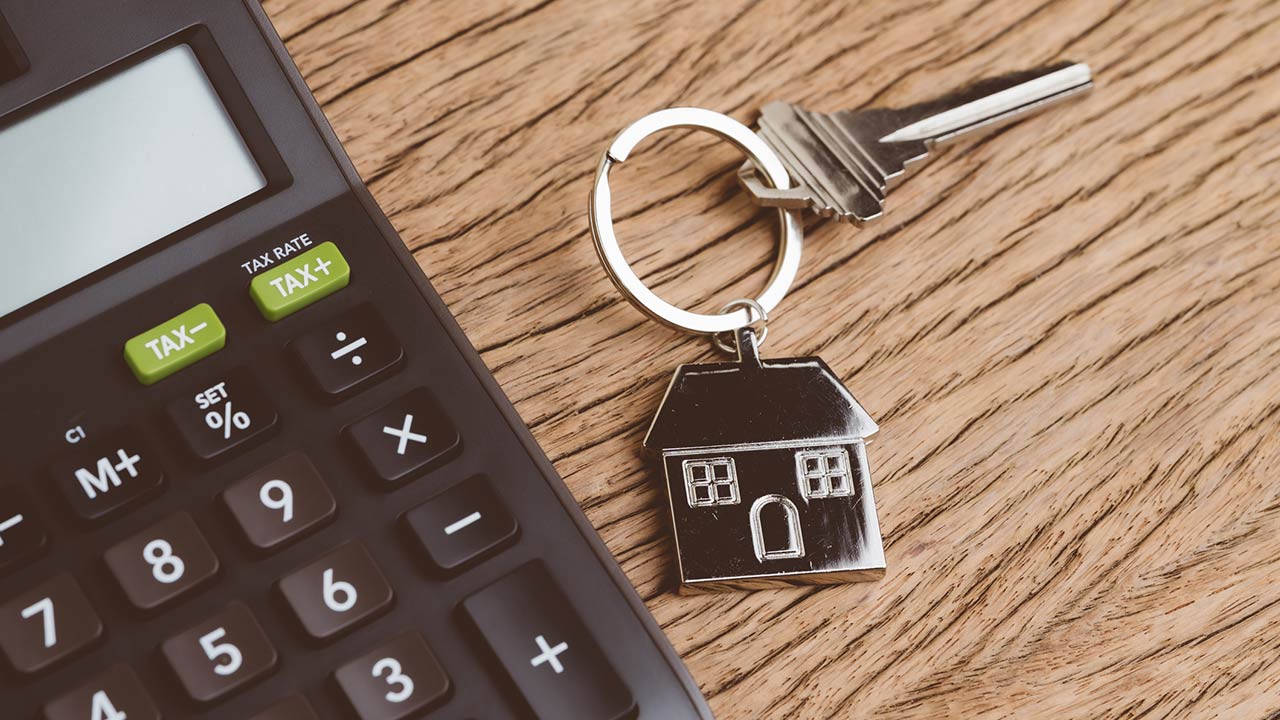Understand the ‘Comps’ in Your Neighborhood in 5 Steps
Every seller would love to sell their home for top dollar, and every buyer wants to get the best deal on the purchase of a home.
However, the listing and sale price of a home isn’t just some random, arbitrary number. There’s a science behind determining the market value and listing price of a property. And a key factor in coming up with this number is to analyze the “comps” in the area.
“Comps – or comparable sales – is a term that both the buyers and sellers involved in a real estate transaction should understand inside and out. This term essentially refers to recently sold properties located in the same neighborhood or street, and are very similar in size, features, and condition as the house you’re looking to buy or sell.
From the buyers’ standpoint, looking at comps will help to decide an offer price on a home. On the other hand, sellers use comps to determine a fair listing price when they put their home up for sale on the market. Real estate agents are constantly studying comps to help them keep their fingers on the pulse of their local real estate market.
It’s always best to have at least three comps to look at before establishing a listing or offer price on a home. A lack of acceptable comps in the neighborhood can be a source of conflict between buyers and sellers.
Here are 5 steps to help you better understand the comparables in your area.
1. Gather Your Arsenal of Comps
Finding comparables in your area can be pretty easy. While you can visit certain websites to find recently sold properties in the market area of your home, your best bet is to get your real estate agent to run a report with this information. As long as the homes are similar in size, construction and condition as the home in question, you’ll have a good base to come up with an accurate number.
2. Look at the Date of the Sales and the Proximity to the Subject Property
You could find dozens of homes that are very similar to the subject property, but if they were sold last year, these comps are pretty much useless. What a home was valued at over 12 months ago isn’t an accurate reflection of what it would be valued at today. The real estate market fluctuates frequently, which needs to be taken into consideration.
Lenders want to see sales that occurred within the last six months – the more recent, the better.
As important as the sale date is to valuing a property, the distance from the subject home also plays a key role. To come up with the most accurate value, you can’t gloss over how far the comps are to the home you’re trying to put a value on. Lenders prefer recent sales that are located within one mile of the subject property. For obvious reasons, this is easier to achieve in downtown or suburban areas compared to rural areas where homes are often spread out miles apart.
Be sure to note the number of bedrooms and bathrooms, year constructed, square footage, and other features that can be found in the comparable sales report.
3. Do a Little Digging
After you’ve gathered a few comparables to look at, dig a little deeper and investigate these properties in greater detail. After all, you want to make sure that you’ve got the most reliable comps to the subject property. One thing to look at are the property taxes of the comps, and just about every county in the US has their tax records online.
While tax records aren’t necessarily entirely reliable for transaction purposes, they can provide important information that you can use throughout your investigation. If you can’t find this information online, you can obtain it from your local county or from your real estate agent.
Once you have the location and timeframe, it’s important to look for homes that have similar features to the subject property, as opposed to comparing price per square footage. Factors like the view, a designer kitchen, marble counters, hardwood flooring, or a finished basement will make a huge difference in the value of a home.
4. If Possible, Do an Up-Close Visual Inspection of the Comps
Considering the fact that you’ve got the addresses of the comps, it would be a huge benefit on your part if you could perform a visual inspection of the sites. Usually there shouldn’t be any surprises about the condition of the properties compared to what’s on paper. But sometimes you might see properties that might appear identical on paper, but are totally unmatched where the lot is concerned.
For instance, if property A is on a clear, evenly-graded lot, and property B is on a hilly, heavily treed lot, that will make a difference in the value and salability of the property.
You could also come across other pieces of evidence that may help support the subject property’s value. For example, you might see a For Sale sign with a “sold” rider on the front yard of a similar home nearby the subject property. This could offer very valuable information since it might have just been recorded within the last few days, which means it would have been too recent to show up on your initial search for comps. The more recent the sale, the more accurate the value.
5. Understand the Valuation Approach Your Appraiser Uses
There are various methods that real estate agents and appraisers use to come up with the value of a property. The more popular method used is the Sales Comparison Approach in which the appraiser looks for values using recent sales of similar properties.
In the appraiser’s report, there will be anywhere between three and six properties that are listed by address and physical attributes. At the bottom of each column are adjustments for age of the property, improvements, and other factors. Properties that require the least amount of adjustments are considered the most similar to the subject property, and are given the most weight when comparing values.
While these steps can help you more clearly understand what comps are and how they work to come up with an accurate value of a property, we’re only scratching the surface here. If you’re serious about selling or buying a home, you’re going to need an in-depth valuation to come with an accurate listing or offer price. And the best way to do that is to use the service of a skilled real estate agent who’s got the know-how and tools necessary to pull highly accurate valuation reports. Once you’ve got a detailed list of comps, coming up with that magic number is much easier.













